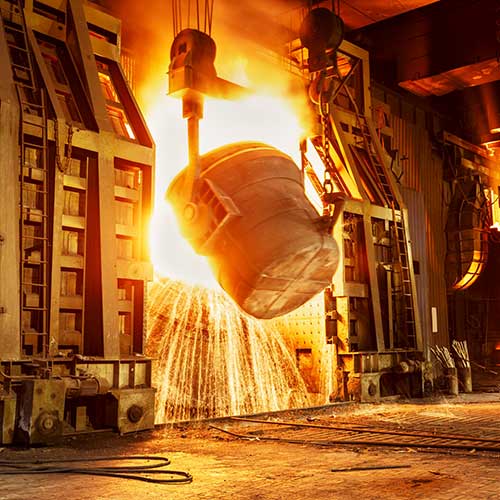Home » R&D Projects » Enrichment of hematite by partial reduction method
Enrichment of hematite by partial reduction method
The partial reduction method is a beneficiation technique used to increase the iron content of hematite ores. It involves heating the hematite ore in a reducing atmosphere, typically with carbon monoxide (CO) or hydrogen (H2), to partially reduce the iron oxide. The process begins with crushing and sizing the hematite ore to liberate the iron-bearing particles, followed by heating the ore in a controlled reducing atmosphere, usually at temperatures between 750-950°C. This causes a partial reduction of the hematite (Fe2O3) to magnetite (Fe3O4) through reactions such as 3Fe2O3 + CO → 2Fe3O4 + CO2. Magnetic separation is then used to selectively concentrate the more magnetic magnetite and metallic iron particles, rejecting the gangue minerals. The partial reduction increases the iron content of the concentrate compared to the raw ore, typically from 60-65% Fe up to 65-70% Fe, and also improves properties like reducibility and sinterability. The advantages of this method include increased iron recovery and grade, as well as the removal of impurities like silica, alumina, and phosphorus, resulting in an improved quality of the iron ore product. The main limitations are the energy-intensive heating and reducing requirements, but overall, the partial reduction method is an effective beneficiation technique for upgrading lower-grade hematite ores.
